Two astronauts stuck in Space have been conducting emergency drills days after taking shelter from debris caused by a satellite breakup.
The International Space Station (ISS) crew, which includes two Boeing Crew Flight Test astronauts, took part in a critical emergency drill with mission controllers on Earth.
Comprehensive Training
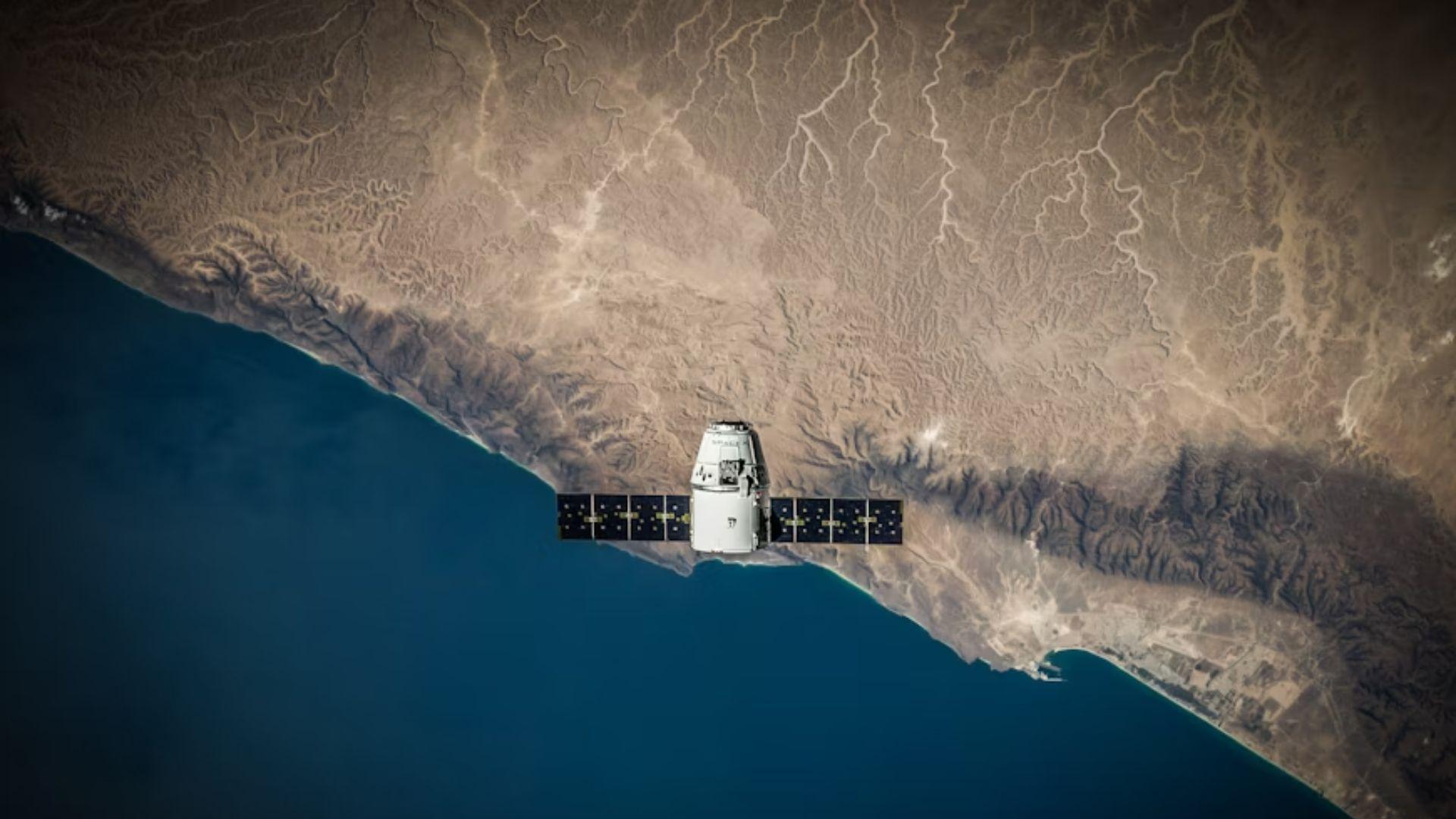
All nine astronauts on the ISS participate in training exercises to handle potential emergencies such as pressure leaks, chemical spills, or fires.
Besides preparing for emergencies, the astronauts Butch Wilmore and Sunita Williams have also been busy with essential maintenance tasks.
Vital Maintenance Work Completed
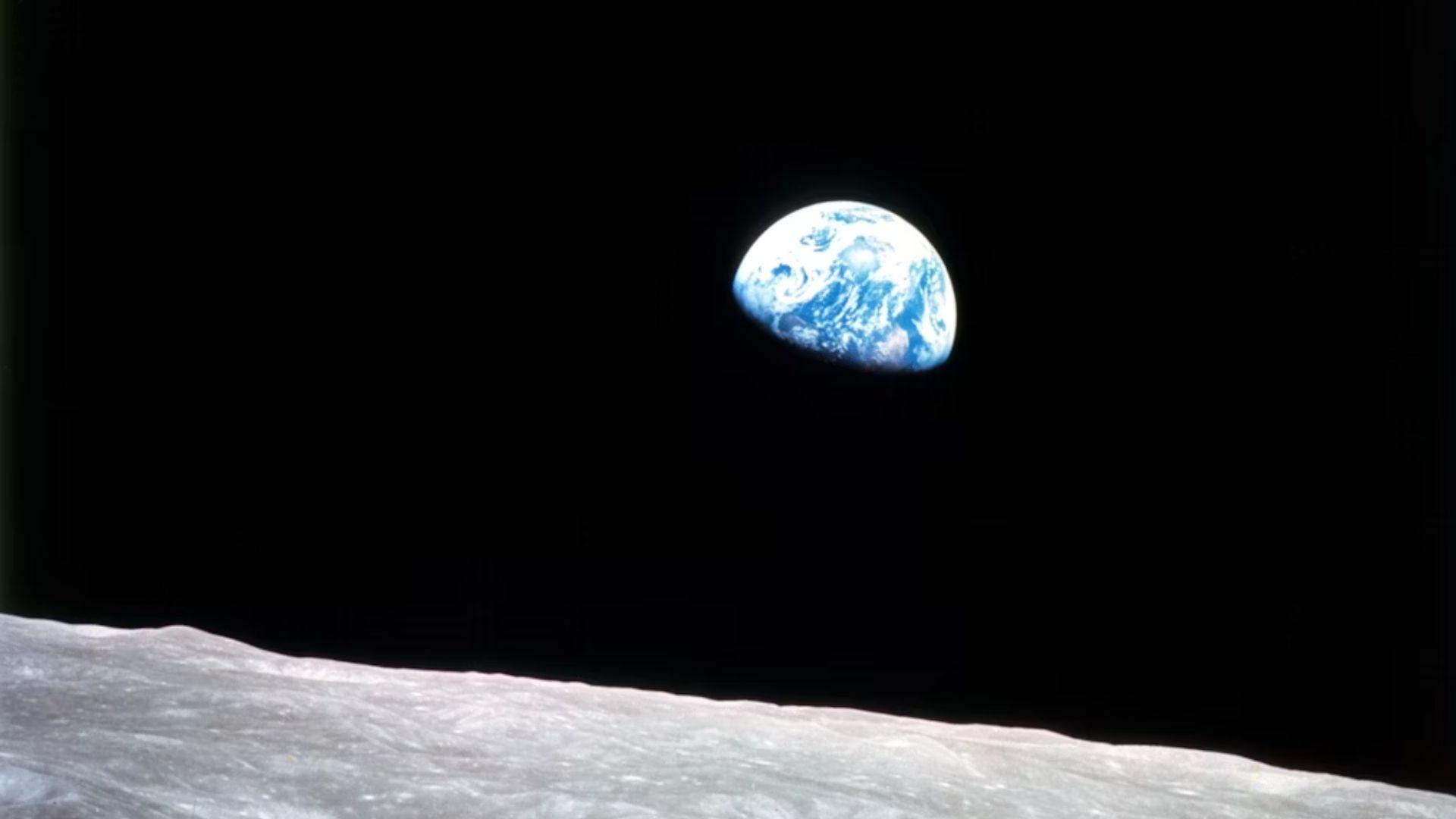
The crew completed essential life support work by refilling temperature loops with water in the Tranquillity module’s internal thermal control system.
Meanwhile, both Williams and Wilmore have been completing exercise routines to measure their aerobic capacity via specialized sensors.
Wilmore and Williams’ Work Continues
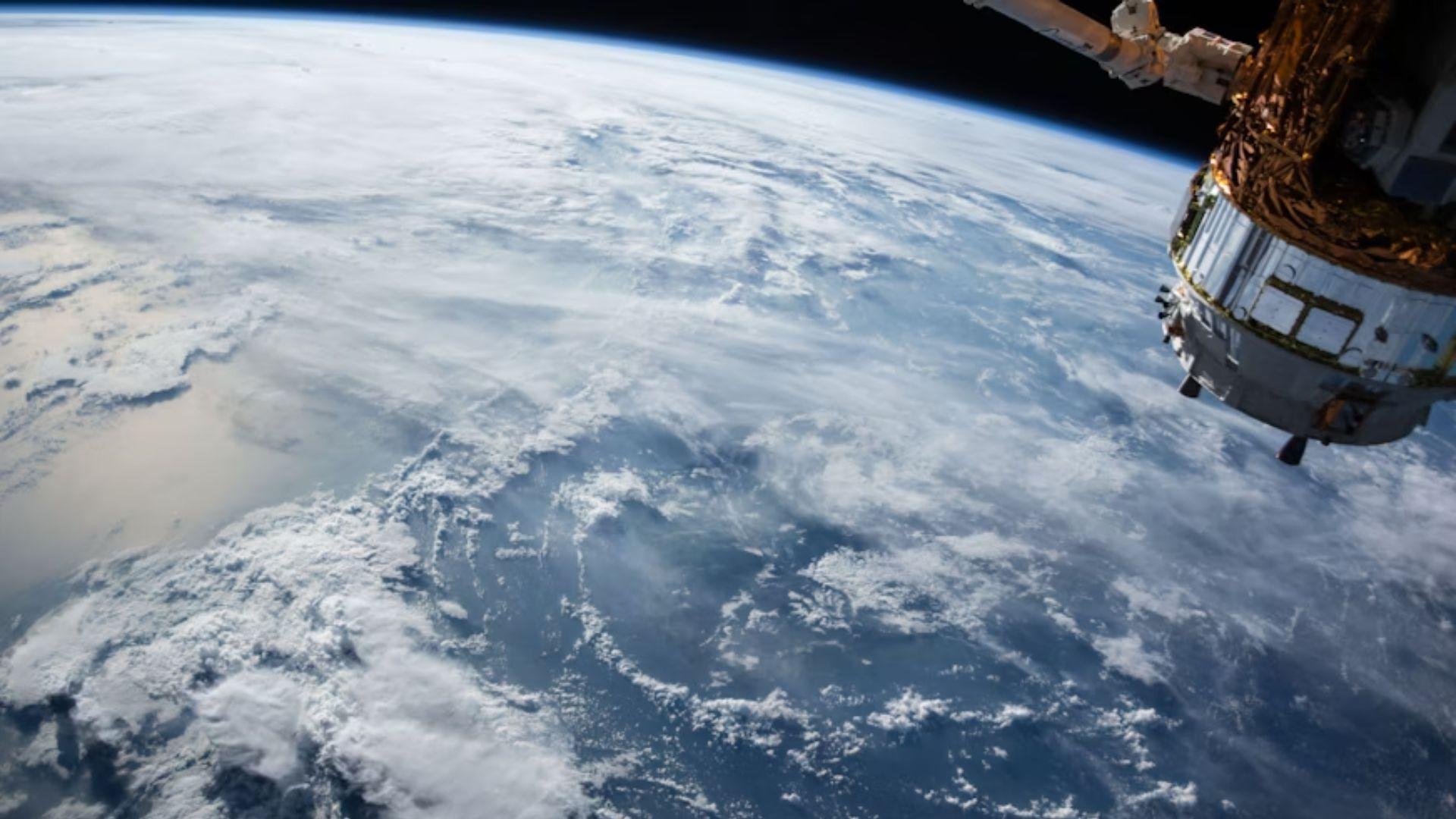
Activities conducted by Wilmore and Williams also include scientific research, with Wilmore servicing research freezers used for preserving scientific samples.
Meanwhile, Williams has installed hardware for conducting experimentations on thermal protection systems and atmospheric re-entry.
Return To Earth Extended Indefinitely

Multiple issues with the Starliner capsule have seen the mission extended indefinitely. Chief among these issues is that five of the 28 thrusters failed during the trek to the ISS.
Additionally, a propellant valve did not properly close, helium leaks were recorded and the Atlas 5 booster suffered minor problems.
Significance of Mission
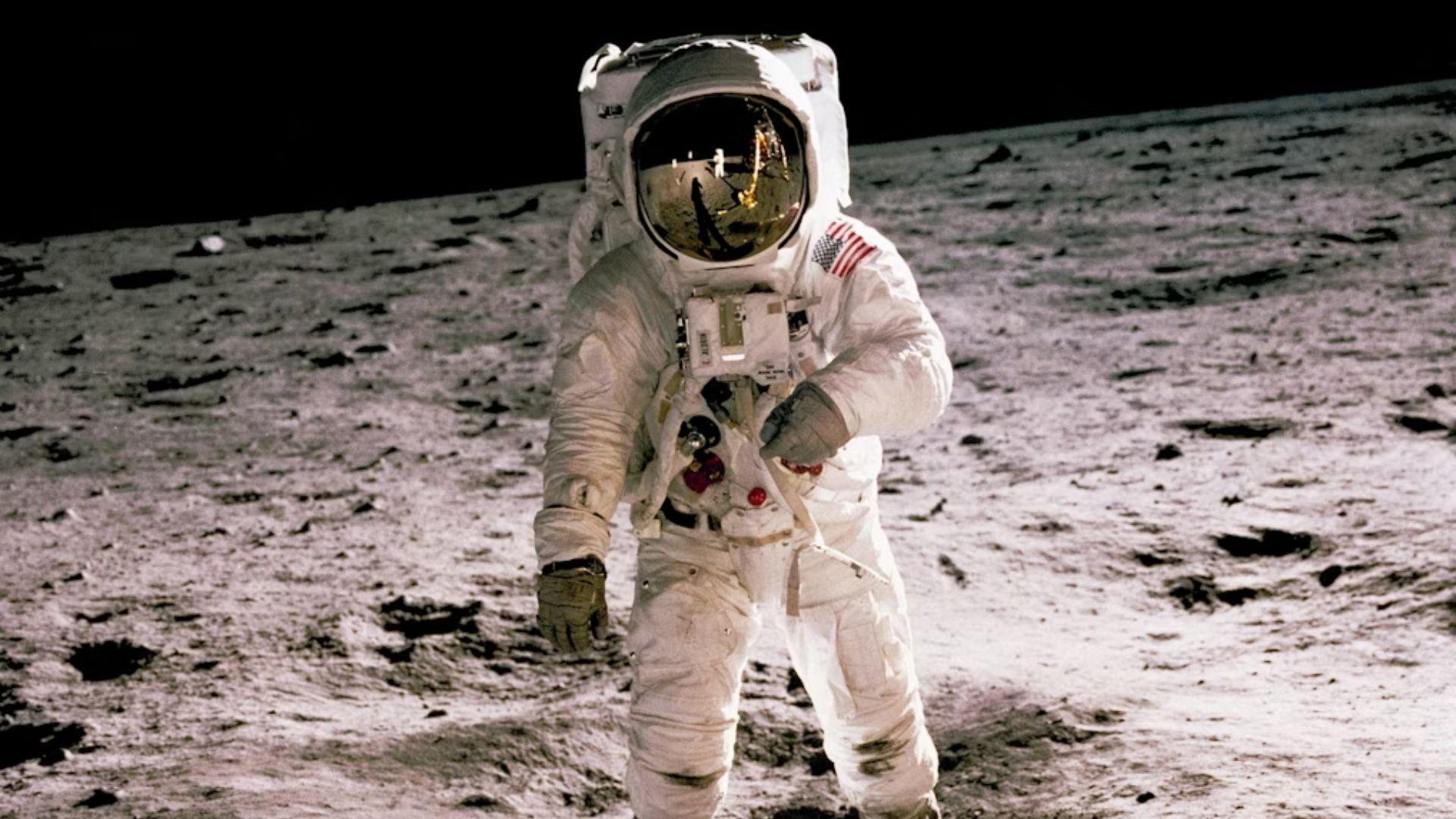
The current Starliner mission is of particular importance because it represents Boeing’s final step before the Starliner can be given NASA certification for routine astronaut flights.
Alongside SpaceX’s Crew Dragon, the Starliner is the second US orbital capsule.
Astronauts Express Confidence Despite Troubles
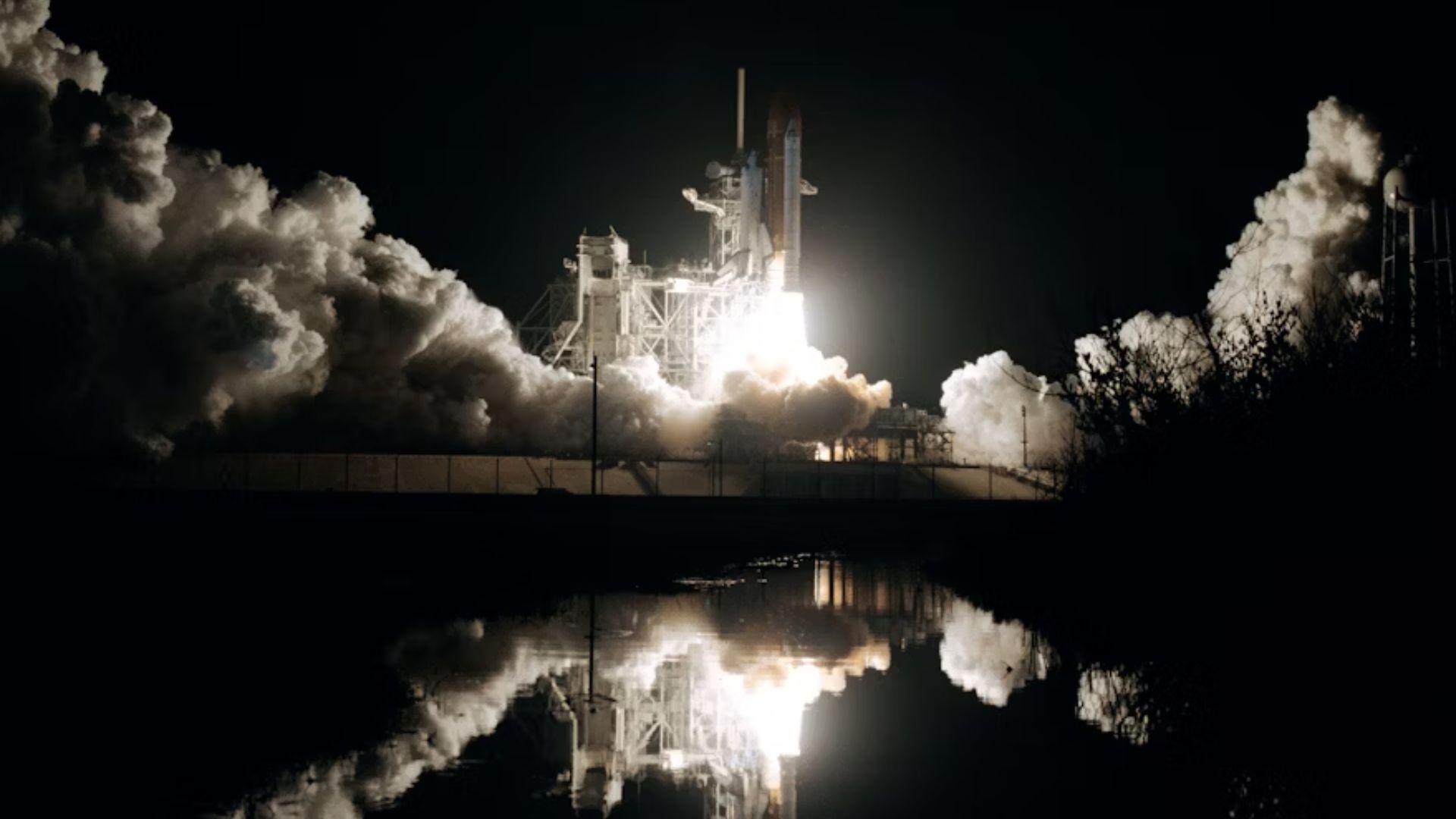
Despite ongoing problems, Williams expressed confidence about returning to Earth. She said, “I feel confident that if we had to, if there was a problem with the International Space Station, we can get in our spacecraft and we can dock, talk to our team and figure out the best way to come home.”
She added, “like I’ve said, we’ve practiced a lot, so I have a … real good feeling in my heart that this spacecraft will bring us home.”
Meet The Crew
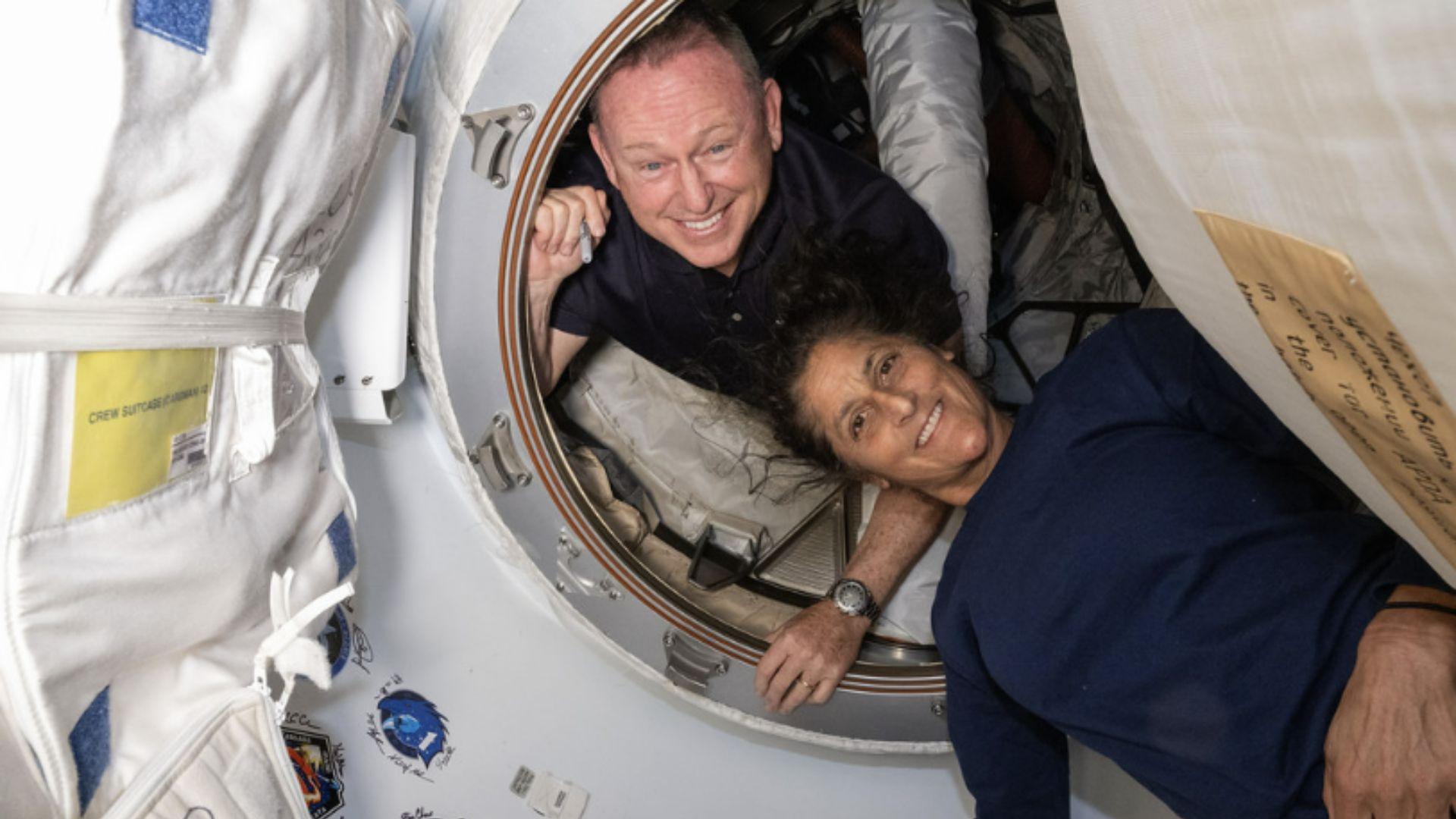
Barry E. Wilmore previously piloted NASA’s 2009 STS-129 mission and returned to space in September 2014 as part of Expedition 41/42. Meanwhile, pilot Sunita “Suni” Williams, began astronaut training in 1998 and was launched into space in 2006 via NASA’s STS-116 mission.
This latest Boeing/NASA mission made Williams the first woman to pilot a spacecraft on its maiden test flight.
A Bad Week For Space Technology
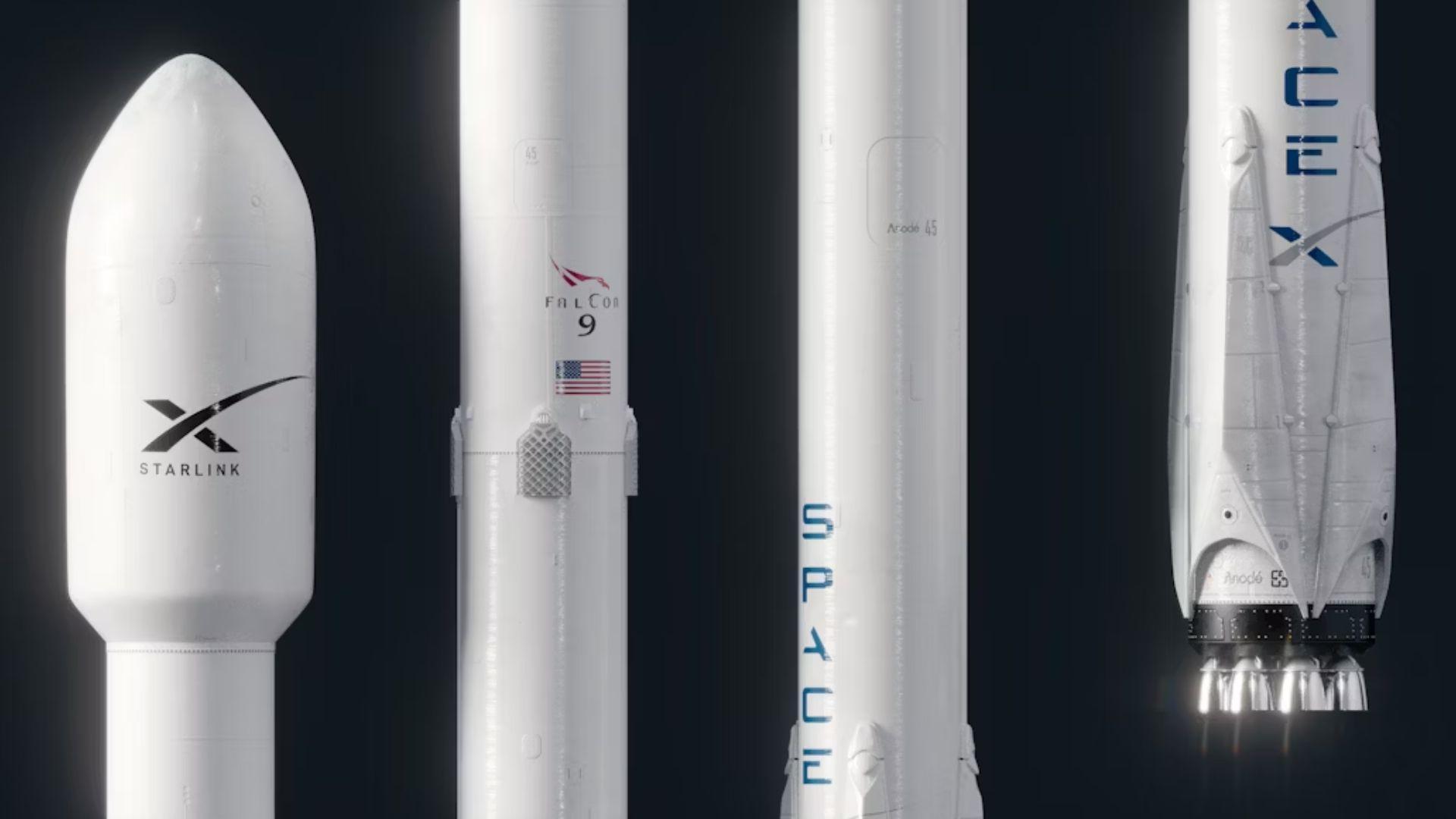
SpaceX, the main rival of Boeing in the space race, has also suffered recent set backs. On Thursday, SpaceX suffered issues after launching a new batch of Starlink internet satellites from California.
During an attempt to carry out a final “burn” to raise the low point of the orbit, an engine suffered a catastrophic failure.
NASA Plans Face Disruption
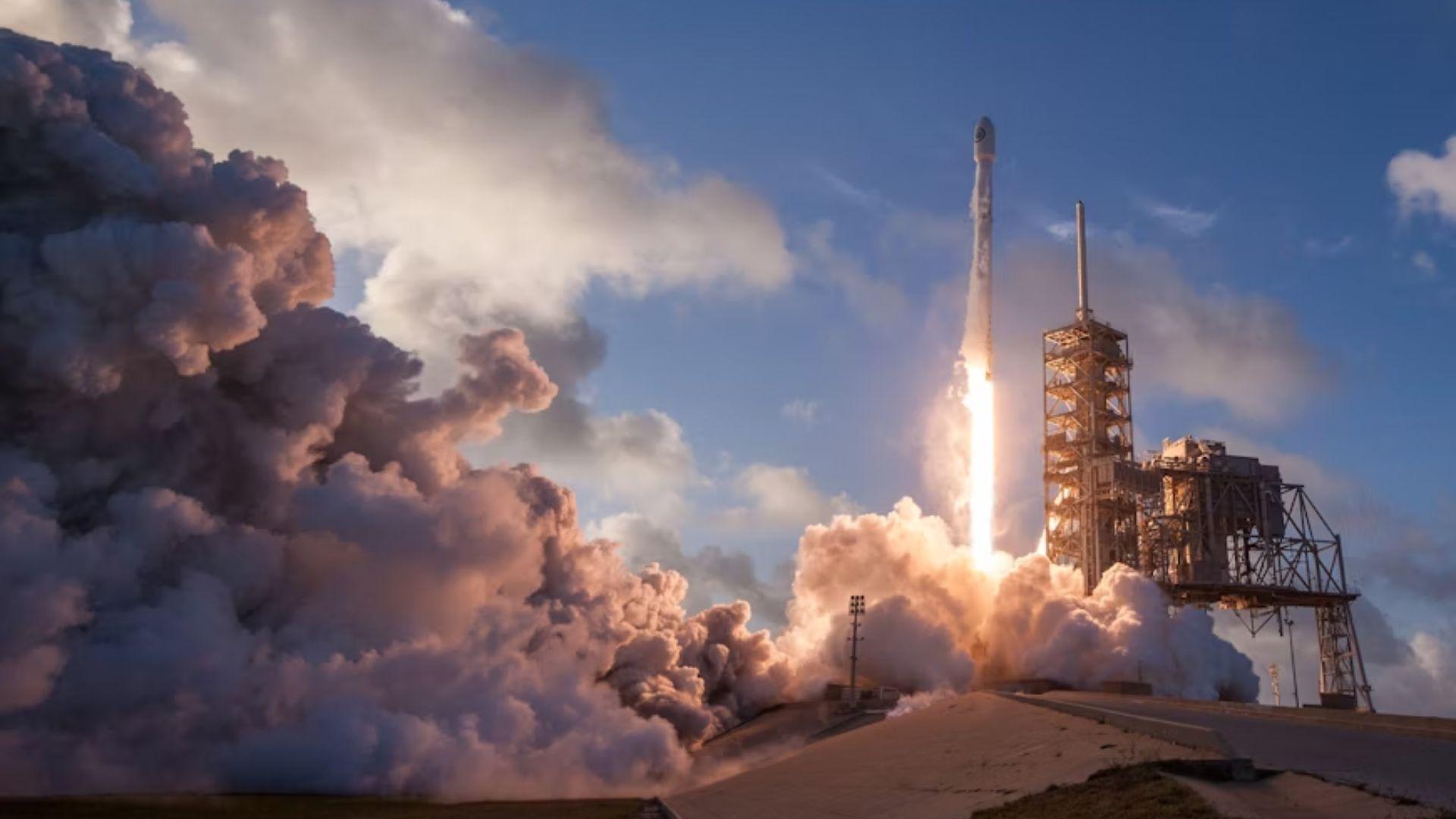
In another headache for NASA, the recent SpaceX malfunction is expected to delay their plans to send another crew to the International Space Station (ISS) via a SpaceX Crew Dragon in August.
The latest malfunction is also expected to impact plans to send entrepreneur Jared Isaacman and three crewmates into space atop a Falcon 9.

